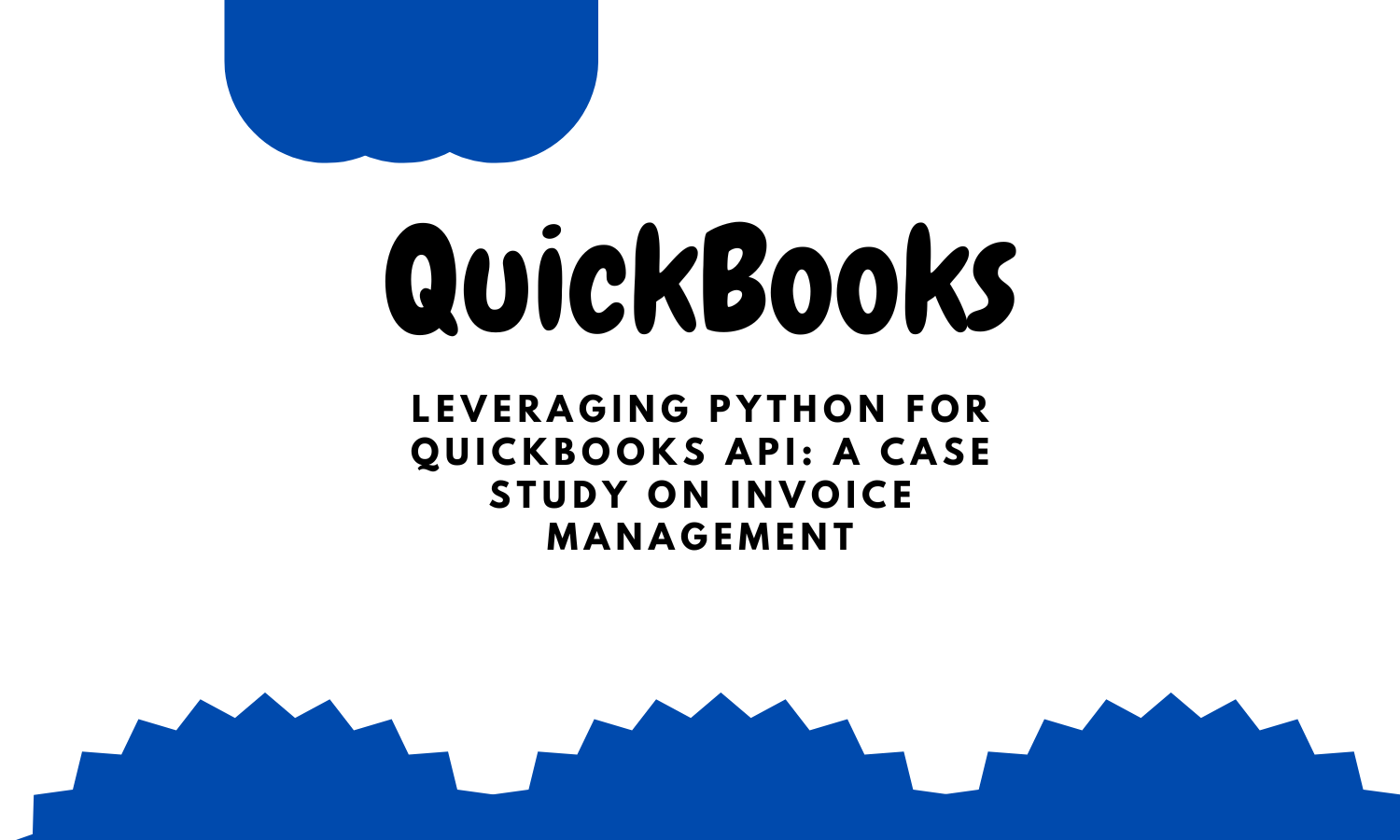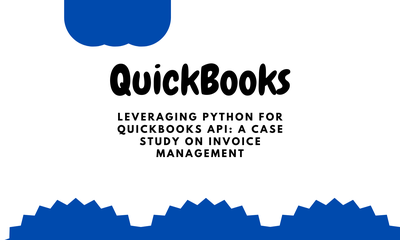By manhnv, at: 18:34 Ngày 15 tháng 3 năm 2024
Thời gian đọc ước tính: __READING_TIME__ phút


By manhnv, at: 18:34 Ngày 15 tháng 3 năm 2024
Thời gian đọc ước tính: __READING_TIME__ phút

